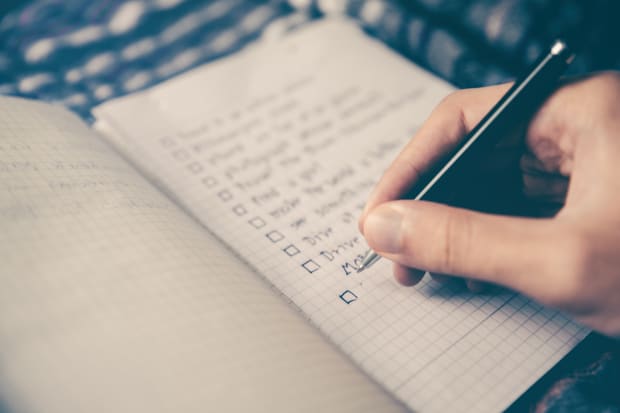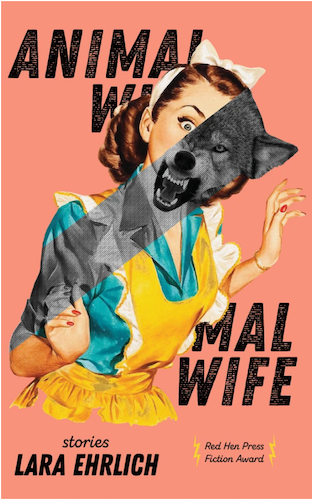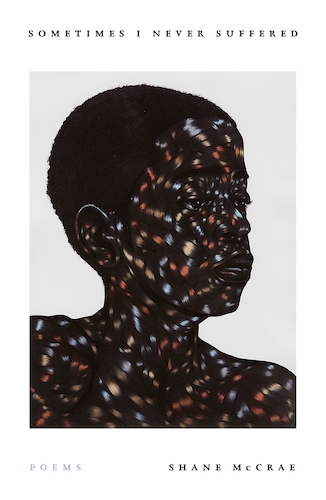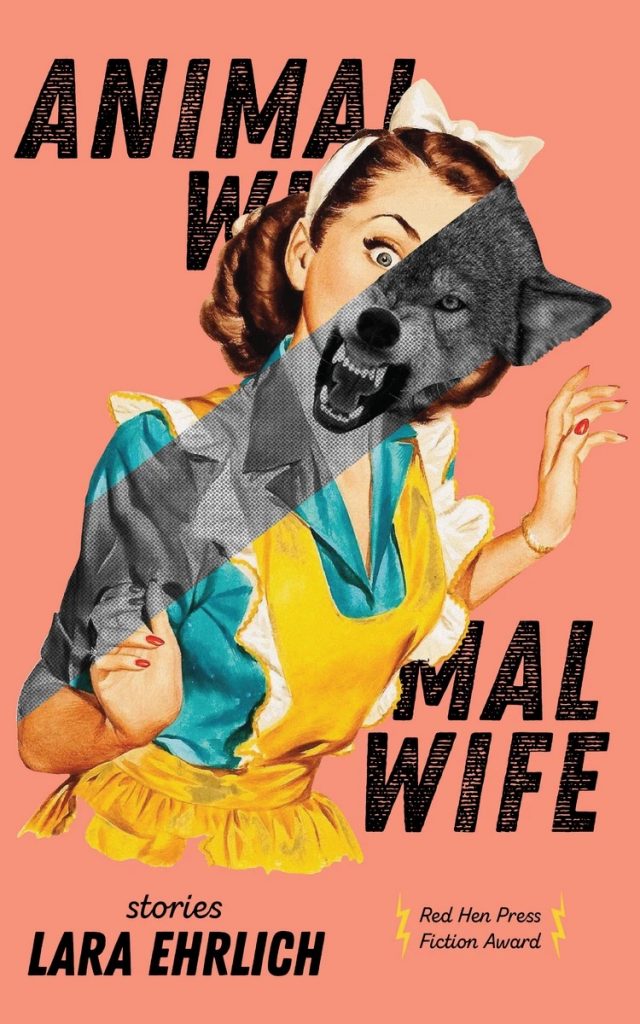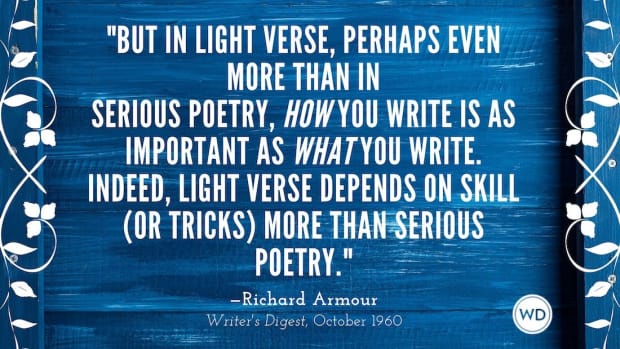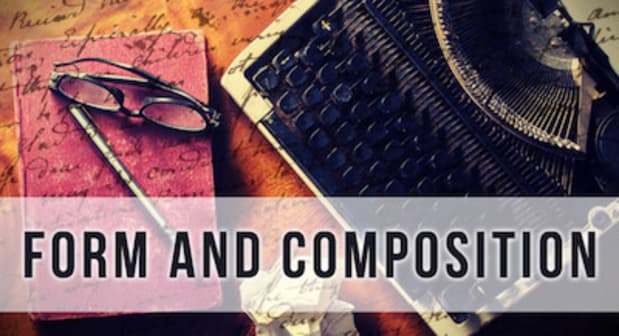When I started writing my first book, I knew it was destined for Amazon self-publishing.
I had been working as a developmental editor for years at that point, so I had a pretty good understanding of the industry and the various publishing options available to me. The book I was writing was very niche, and I didn’t have any desire to commercialize it. I just wanted to write the book I wanted to write and make it available to people who would appreciate it for what it was.
So at that stage in my career and with that particular book, self-publishing on Amazon was undoubtedly the way to go.
Of course, even with my experience and the years I had spent helping other authors navigate both the self-publishing and traditional publishing paths, I still found myself feeling completely overwhelmed when it came time to put my book out into the world.
Theoretically, I knew exactly how to self-publish a book. But this was the first time I had done so for myself, which meant I had one heck of a learning curve ahead of me.
What is Kindle Direct Publishing?
As you might know by now, writers have several different self-publishing platforms to choose from. I chose to go through Amazon Kindle Direct Publishing (KDP).
For me, it was a simple choice. KDP (which was known as CreateSpace back when I published my book) was one of the more established platforms, with countless reviews from other authors verifying how seamless the process was and even outlining step-by-step directions for publishing. I liked that publishing through KDP meant my book would automatically be available through Amazon’s Kindle Unlimited Program, and since selling through Amazon was a priority of mine, publishing through their platform made the most sense.
Is Kindle Direct Publishing really free?
Self-publishing through KDP is free. But as with all publishers, KDP does take a commission for each book sold — what you pay to them comes out on the back end, after your book has been purchased by an eager reader.
It’s also important to know that while the answer to the question, “Is it free to publish a book on Amazon?” may be yes, the reality isn’t exactly that simple.
KDP doesn’t charge anything to self-publish, but if you’re hoping to make money off the book you’ve written (even if you’re just hoping to get it into the hands of readers beyond your friends and family), you’ll likely have to make a financial investment.
Formatting your book, edits, cover designs, building an author platform — you typically have to pay for these services to create a quality book. And while you could technically skip out these steps or do everything yourself, that would likely result in a finished product that contains errors and appears less professional. Which can impact your ability to sell the book once it’s published.
So yes, Kindle self-publishing allows you to publish your book for free. But remember that getting to that point is rarely free. And once you’ve published with Amazon, the company will be entitled to its share of every book you sell.Of course, this is true with any self-publishing platform.
So if you’re wondering, “How do I publish on Kindle?” let’s get started!
How to publish a book on Amazon using KDP
I’m here to save you some of the research I had to do by walking you through the steps of Kindle Direct Publishing.
Here’s a step-by-step guide for how to publish a book using Kindle Direct Publishing.
Format your book for KDP
Once your book is written, edited, revised and edited again (as many times as it takes to get it right), you are ready to format for publication.
Amazon Kindle Direct Publishing makes both ebook and paperback print-on-demand publishing possible. Unfortunately, each of these options requires a different file format.
For ebook publishing: KDP uses a file format called “mobi.” This is a different type of file than used by other ebook publishers. While KDP does offer step-by-step directions for ebook formatting, this can be a bit of a complicated process, especially if you’re not comfortable with coding. I hired an ebook formatter for this step and considered it money well spent to avoid the headache and frustration of having to figure it out.
For paperback publishing: Amazon self-publishing offers step-by-step directions for preparing your file, and doing so is much simpler than preparing an ebook file. I am not especially tech-savvy myself, but I figured out the formatting of my own paperback version using KDPs instructions. That said, it took me several hours to do so. If you don’t have the time or patience to commit to that project, a book formatter can also help you with this version.
Set up your KDP account
Start by visiting the KDP registration page. You’ll sign up with your Amazon credentials, or your email, if you don’t have an Amazon account. Once signed in, you’ll want to click on “Your Account.”
From here, update all the pertinent details in the Author/Publisher Information Tab, the Getting Paid tab and the Tax Information tab.
Complete this information prior to publishing so Amazon can pay you for the books you sell.
Input your book details
Once your account details are established, you can return to the KDP home page, where you will find the “Create a New Title” heading. From here, you can select “Kindle eBook” or “Paperback.”
Regardless of which option you pick, you’ll be brought to a similar page asking you to input your book details:
Language: From a drop-down menu, select the language you would like your book to be published in.
Book title: Enter your book title (and subtitle if you have one) exactly as it appears on your book cover.
Series: If your book is part of a larger series, identify the series name and what number in the series this book will be.
Edition: If you have previously published this book and are updating it now, identify which edition you are on here.
Author: This is you!
Contributors: Did you have a co-author? Does your book include illustrations? Did you have an editor you felt was invaluable to your process, or a photographer whose pictures are prominently featured? This is where you would identify those people who helped to make your book a possibility.
Description: You know that initial blurb you read when looking for books on Amazon? It’s one of the first things to show up, and it’s usually what helps you decide whether or not to purchase the book. That’s the description you’re asked to provide here. Similar to back cover copy, you want to describe your book in a way that will leave people desperate to read more.
Publishing rights: So long as you wrote the book and the work is entirely your own, select the “I own the copyright” option.
Keywords: The keywords you select are an important part of your marketing strategy. These words will help establish how easily searchable your book is and how often your book appears in the feeds of those looking for something just like what you wrote. Out of all the fields you are asked to complete here, the keywords really are the most valuable to your ultimate success. For this reason, make sure the keywords you select are true to your book without being too generic. Focus on your setting, your characters and your overarching themes.
For instance, a book about a teenage witch trying to save some future version of the world might do well with the keywords “magic,” “witch,” “dystopian,” “YA,” “strong female lead,” “end of the world,” and “teen hero.” Or, if we were going to publish this article as a book through KDP, these might be the keywords we would select. KDP offers some great advice on how to choose the best keywords for optimal searchability.
Categories: Just like in a physical book shop, Amazon has categories people search through. Children’s books, YA novels, historical fiction… what category does your book fit in? And where might you find it in a bookstore?
Age and grade range: Who do you imagine your typical reader to be?
Pre-order: You have the option of publishing your book right away, or setting it up for pre-order. Immediate publishing might be best for authors who have been promising their readers a pub-date for a while and have only now just finished their book. Otherwise, choosing pre-order can often be a better marketing strategy, allowing you to build hype for your book in the lead-up to your actual publishing date, and allowing your readers to support you before the book is even available.
Upload your manuscript and book cover
Once you’ve finished filling in your book details, you’ll be taken to the Book Content section.
Here you’ll have to work through a few final sections:
Digital Rights Management (DRM): DRM is basically a system meant to protect authors from the unauthorized distribution of their books. While you might be fine with readers sharing your work widely and elect not to have this protection for your book, DRM helps to ensure you get paid when people read and enjoy your work. Which means it’s generally a good program to opt into.
File upload: You can choose to upload now or later, but you will have to do so before your publication date — hopefully at least several days before so you can have some time to preview the finished product and check for any errors. Once you’re ready to upload, simply select that option and KDP will walk you through the necessary steps.
Book cover: You have the option of uploading a cover that has already been created or launching KDPs cover creator. Using the cover creator can be fun, but it is also time-intensive and might not be the best option for writers who don’t have an artistic eye.
Book preview: Once you have your manuscript and cover uploaded, preview the finished product before publishing.
ISBN: Ebooks do not require an ISBN, but print books do. The good news is KDP is set up to provide you a free ISBN if you haven’t already purchased one yourself. Simply select “Assign me a free KDP ISBN,” and they will take care of it for you.
Print options: For the print version of your book, select the type of paper that should be used, the trim size, bleed settings and paperback cover finish. The default options are the most commonly used and typically what you should go with for a standard print manuscript. If, however, your book contains a lot of photos or illustrations, you may want to select better suited options for the book you are planning on publishing.
Establish your pricing: How much will your self-published book cost?
The final step of your Amazon self-publishing journey is establishing your book pricing.
KDP offers some wonderful pricing support and advice. For ebook pricing, you simply want to ensure you’ll still make a profit after KDP takes their cut (unless you are using some limited time promotional pricing to get your book into as many hands as possible). With print pricing, you need to consider not only KDPs cut, but also the cost of printing, which will be deducted from the overall price before you receive your cut.
Pricing can be complicated because you want to price low enough to appeal to readers but high enough to still make a profit. It may be helpful to look at other books in your genre to get a sense of where you might want to price your book. The good news is you can revisit your pricing later and reset your overall cost if you find you haven’t priced correctly one way or the other.
What about editing after the book is published?
You can absolutely edit your book after it has been published. Simply revisit your KDP account, click the ellipsis next to your book in your bookshelf, and select “edit book content.”
Keep in mind: Just because you can edit your book doesn’t mean you should rush to publication assuming you’ll just fix errors later. Every reader will judge the content in front of them — and leave reviews based on that content. So make sure your book is in the best shape you can possibly get it in before publishing.
The edit option is always there, but you only get one chance to make a first impression on your readers. Don’t rely on them to be your editors and point you to the sections you should improve.
Can you make money writing a book and self-publishing on Amazon?
This is the question almost all of my developmental editing clients ask me. And I’m going to give you the same answer I give them: It depends.
That answer is then almost always immediately followed up by: It isn’t easy, but it is possible.
Very few people get rich off writing a book. And while getting rich may not be your goal, it’s important to understand that there is also a very small percentage of authors who even manage to break even on their publishing endeavors.
This is especially true for first-time authors.
By the time you figure in the hours you spent on writing and editing, the money you spent on hiring editors, formatters, and cover designers, and whatever funds you may have dedicated to promoting your book — an author often needs to sell thousands of books to see a return on their investment.
That’s not an easy goal to accomplish. Especially if you don’t already have an established social media presence.
You can make money writing a book, but it takes more than just writing a phenomenal book people don’t want to put down — it also takes having a phenomenal marketing plan, and knowing how to get your book into the hands of the people who will best help you to spread the word about it.
Just know it’s not as simple as hitting publish and raking the money in. Having realistic expectations about what success means to you, and how you plan to achieve that success, is the best way to avoid disappointment in your publishing endeavors.
However, writing (and selling) a book is a major accomplishment.
Once your book is published, take some time to celebrate. You’ve accomplished something huge — a goal most people won’t ever achieve themselves. You wrote a book, figured out how to self-publish on Amazon, and put your words out into the world for everyone to enjoy. That’s a big deal!
Photo by Vlada Karpovich from Pexels
The post Get Your Book on Kindle: Everything You Need to Know About Amazon Self-Publishing appeared first on The Write Life.
